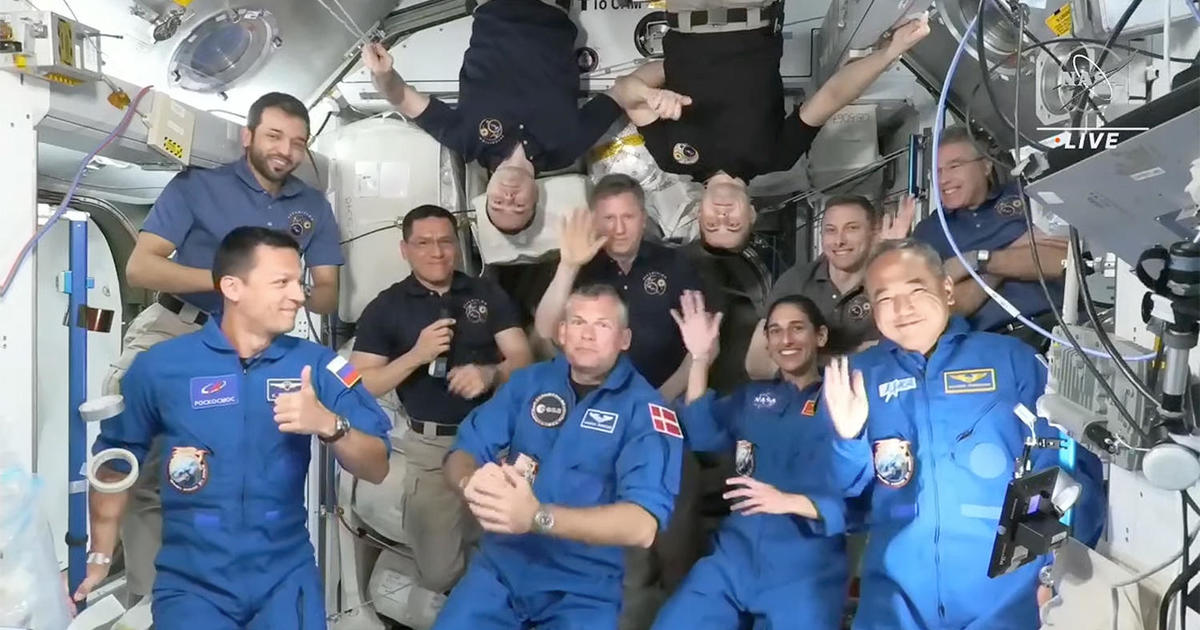San Francisco, August 28, 2023 – The introduction of autonomous robotaxis has sparked a fierce debate in San Francisco, as residents grapple with the implications of this cutting-edge technology on their city’s streets. The futuristic sight of driverless cabs has left many intrigued, but also deeply divided on their safety and impact.
Approaching one such cab, I felt a mix of anticipation and unease. The vehicle lacked a human driver and beckoned me to unlock its door with my phone, a surreal experience I had never expected to witness firsthand.
As I prepared to board, a concerned passerby approached me. He cautioned against the use of robotaxis, recounting a near-miss incident where a pedestrian narrowly avoided being struck by one. This individual represents a faction of San Francisco’s population that vehemently opposes the implementation of robotaxis, considering it a perilous experiment that jeopardizes lives.
Taking their opposition a step further, a campaign group called Safe Street Rebel has taken to disabling the autonomous cars by placing cones on their hoods. This provocative act, known as “coning,” has gained traction through viral videos. Despite these actions, city officials have allowed robotaxis to continue operating on the streets for the time being.
A significant turning point came on August 10, 2023, when the California Public Utilities Commission (CPUC) voted to grant two cab companies, Waymo and Cruise, permission to offer 24-hour autonomous taxi services. Prior to this decision, these companies were limited to nighttime paid rides. The CPUC’s decision followed six hours of intense public commentary, with citizens voicing both hopes and fears.
Uber and Lyft drivers expressed concerns about the potential loss of livelihoods due to the proliferation of robotaxis. One Uber driver, Rosine, a single mother, pleaded, “Expanding self-driving taxis will take jobs away from families.” City officials also heard from representatives of garbage disposal trucks and the fire service, who cited breakdowns and obstruction caused by the autonomous vehicles.
Critics of the technology, like cab driver Matthew Sutter, stressed that it isn’t sufficiently safe yet, asserting, “I’m all for technology, but it’s not ready… this is a danger to the citizens of San Francisco.” Physically disabled citizens worried about their ability to access cabs without the assistance of a human driver, emphasizing that embracing robotaxis could leave them marginalized.
Supporters of robotaxis also made their voices heard. Orthopedic surgeon and avid cyclist George Janku noted, “I trust [robotaxis] much more than angry or distracted human drivers.” He argued that his experience with human-driver-related accidents led him to believe that robotaxis are safer. Jessie Wolinsky, who is blind, shared her positive experience with Waymo cars, highlighting the safety they provided compared to other ride-hailing options.
Amid these conflicting opinions, a mother recounted being rejected by taxi drivers due to her children’s car seats, a situation she believes an autonomous vehicle would never replicate.
Having personally experienced both sides of the argument, I have ridden in Cruise’s robotaxis without incident, yet also encountered a breakdown that caused inconvenience and frustration to other drivers.
A mere eight days after the CPUC’s decision, a Cruise taxi was involved in a collision with a fire engine. In response, the state’s Department of Motor Vehicles mandated that Cruise reduce its fleet size by half.
San Francisco City Attorney David Chiu requested the CPUC to reconsider its decision, citing potential negative consequences for the city.
Cruise and Waymo, however, stand firm in their assertion that their robotaxis are safe. Waymo reported over two million accident-free miles of fully autonomous driving and maintained that their vehicles were not involved in any accidents with pedestrians or cyclists. Cruise, boasting three million driverless miles, also touted its strong safety record.
Nonetheless, skepticism persists among many San Franciscans. I spoke with an anonymous representative of Safe Street Rebel, a group that sees their “coning” protests as a way to voice concerns over AI, hinting at the possibility of more such actions in the future.
This technological divide leaves San Francisco at a crossroads, aspiring to be a leader in innovation while grappling with the concerns of its citizens. The safety assurances from the car companies clash with public reservations, and the fate of robotaxis in the city remains uncertain. As this debate continues, the ultimate question remains: Can these companies convince a divided public that their robotaxis truly belong on San Francisco’s streets?
Disclaimer: The views, suggestions, and opinions expressed here are the sole responsibility of the experts. No Daily Insight 360 journalist was involved in the writing and production of this article.





